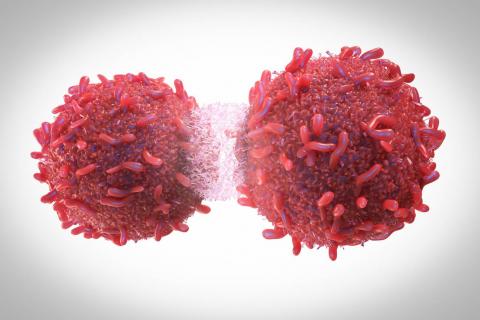Study warns of inequality between countries in accessing new cancer drugs
Despite considerable advances in the discovery and development of new cancer drugs, there are significant disparities in both the availability and timeliness of these medicines around the world, with the poorest countries being left out, according to an analysis published in the journal BMJ Global Health. According to the study, few new cancer drugs were launched in low- and lower-middle-income countries, and the gap between rich and poor countries widened over the three decades between 1990 and 2022.

Patients listen as a nurse explains the screening process before undergoing breast and cervical cancer screening at the RAiSE Foundation centre in Niger on 23 February 2021. Credit: WHO / Blink Media - Etinosa Yvonne.
Rafael Marcos-Gragera - desigualdad medicamentos cáncer EN
Rafael Marcos Gragera
Epidemiologist at the Catalan Institute of Oncology and professor of medicine at the University of Girona
The press release reflects the study accurately, although it reduces to one sentence the section of the conclusions referring to the price of medicines, when it is a very relevant factor.
The sources consulted appear to be those available. The independent variables chosen are sufficient and the Cox regression model is accurate. Thus, the conclusions are based on solid data.
The work fits perfectly with the existing evidence, as research on new drugs is carried out by rich countries. And, on the other hand, access to these drugs by low-income countries is limited and delayed.
The authors have taken into account several variables, although this does not mean that they are confounding factors. An important limitation is that 26.6% of launches are based on regulatory approval, with some countries relying on approval by a non-regulatory agency.
The study shows that there is, in general, a high correlation between purchasing power and health.
Li et al.
- Research article
- Peer reviewed
- Observational study



